
- 1. Understanding Jazz Dance
- 2. Key Elements of Jazz Dance
- 3. Essential Jazz Dance Steps
- 4. Advanced Techniques in Jazz Dance
- 5. How to Practice Jazz Dance Effectively
- 6. Real-Life Case Study: How Learning Jazz Dance Changed My Life
- 7. How American Dance Academy Can Help You Master Jazz Dance
1. Understanding Jazz Dance
Jazz dance is an energetic and expressive form of dance that blends elements of classical ballet, African-American dance, and modern techniques. It originated in the early 20th century and has evolved into a vibrant art form that includes various styles, from Broadway jazz to street jazz. Whether you’re looking to start dancing for fun or pursuing a professional career, learning jazz dance offers a fantastic way to build strength, flexibility, and creativity.
2. Key Elements of Jazz Dance
Before diving into the specific steps, it’s important to understand the key elements that define jazz dance. Mastering these elements will help you improve your technique and flow with the music:
- Rhythm: Jazz dance is heavily influenced by rhythm. Dancers need to feel the music deeply and synchronize their movements with the beat.
- Isolation: Unlike other dance styles, jazz emphasizes isolating parts of the body. Movements like shoulder rolls, hip twists, and head bobs are central to jazz choreography.
- Improvisation: While many jazz routines follow a set choreography, improvisation is a hallmark of jazz dance. This allows dancers to express their individuality through movement.
- Flexibility and Strength: Jazz dancers often perform high kicks, leaps, and turns. These moves require both flexibility and strength, making conditioning a key part of your training.
3. Essential Jazz Dance Steps
Now that you’re familiar with the basic elements, let’s explore some essential jazz dance steps. These foundational moves are a great starting point for beginners and can be incorporated into more advanced routines as you progress:
- Jazz Square: One of the first steps most dancers learn, the jazz square involves a series of steps that create a square shape on the floor. It’s a great basic movement for getting your feet in sync with the music.
- Chassé: This step is similar to a gallop, where you move to the side by stepping and then closing the feet together. It’s often used in jazz routines to create smooth transitions between other movements.
- Ball Change: A quick weight shift from one foot to the other, the ball change helps add quickness and precision to your steps.
- Pas de Bourrée: This step involves three quick steps that change the direction of your body. It’s used frequently in jazz choreography and adds fluidity and grace to movements.
4. Advanced Techniques in Jazz Dance
As you progress in jazz dance, you’ll begin to incorporate more complex movements and techniques. These advanced skills require greater body control, strength, and flexibility:
- Grand Jeté: This spectacular leap requires explosive strength. Dancers launch off the ground with one leg extended forward and the other leg trailing behind.
- Fouetté Turns: A quick series of turns performed on one foot, fouetté turns are a challenging technique that showcases precision, balance, and control.
- Scorpion Kick: An advanced move where the dancer kicks one leg high into the air while arching their back. This requires both flexibility and strength, particularly in the back and legs.
5. How to Practice Jazz Dance Effectively
Consistent practice is key to improving in jazz dance. Here are a few expert tips for practicing effectively:
- Start with Warm-Ups: Always begin with a proper warm-up to prepare your muscles and joints for dancing. This can help prevent injuries and improve flexibility.
- Focus on Technique: It’s easy to get caught up in flashy moves, but mastering the basics is crucial. Practice essential steps and isolate movements to improve precision.
- Incorporate Stretching: Stretching regularly will help you increase flexibility, which is important for executing high kicks, splits, and other advanced moves.
- Film Yourself: Record your practice sessions to identify areas that need improvement. This allows you to track your progress over time and refine your technique.
6. Real-Life Case Study: How Learning Jazz Dance Changed My Life
One inspiring example comes from Sarah, a dance student at the American Dance Academy, who struggled with body coordination and confidence. After enrolling in jazz dance classes, she not only improved her flexibility and strength but also gained a sense of empowerment through dancing. Jazz dance gave her a way to express herself and build confidence, and today she’s a featured performer in local dance showcases.
7. How American Dance Academy Can Help You Master Jazz Dance
If you're looking to improve your jazz dance skills, American Dance Academy offers expert training programs for dancers of all levels. Our professional instructors provide personalized feedback and guidance to help you progress at your own pace. Whether you’re a beginner or an experienced dancer, we offer classes tailored to your needs. Visit us to start your jazz dance journey today!
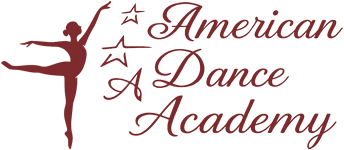

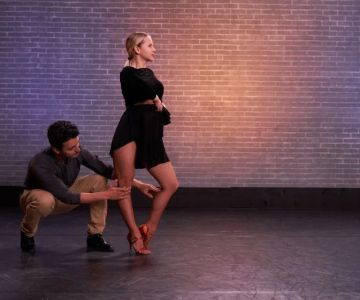
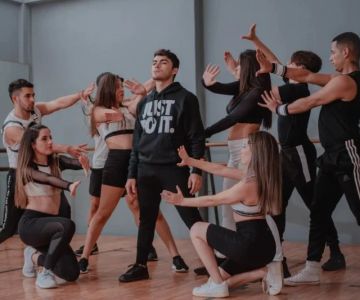
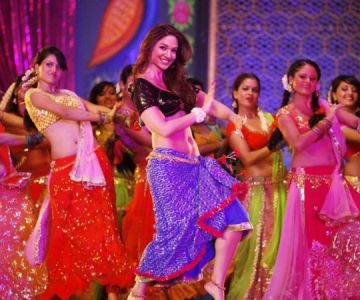

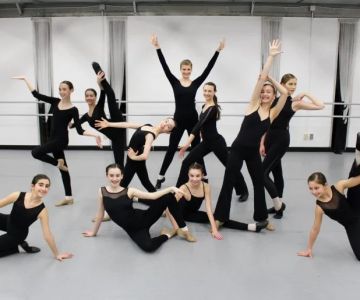
 Tutu School Hercules4.0 (34 reviews)
Tutu School Hercules4.0 (34 reviews) Carlsbad Performing Arts Academy5.0 (17 reviews)
Carlsbad Performing Arts Academy5.0 (17 reviews) Crunch Fitness - Bradenton4.0 (691 reviews)
Crunch Fitness - Bradenton4.0 (691 reviews)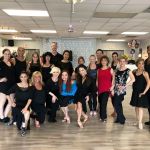 Dance It Studio4.0 (20 reviews)
Dance It Studio4.0 (20 reviews) Northern Force Dance Company4.0 (44 reviews)
Northern Force Dance Company4.0 (44 reviews) Mihran K. NoHo5.0 (8 reviews)
Mihran K. NoHo5.0 (8 reviews) Ballroom Dance for College Students: Tips from Experts
Ballroom Dance for College Students: Tips from Experts Can a Homeschooler Go to Public School Dances? | Tips for Parents
Can a Homeschooler Go to Public School Dances? | Tips for Parents Do They Have Mother-Son Dances in School?
Do They Have Mother-Son Dances in School?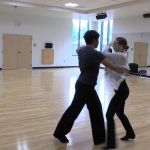 Top 10 Samba Moves for an Effective Fitness Routine
Top 10 Samba Moves for an Effective Fitness Routine Salsa Every Dancer Should Know – Everything You Should Know
Salsa Every Dancer Should Know – Everything You Should Know Ballet to Improve Flexibility: Expert Tips for Enhancing Your Stretching Routine
Ballet to Improve Flexibility: Expert Tips for Enhancing Your Stretching Routine